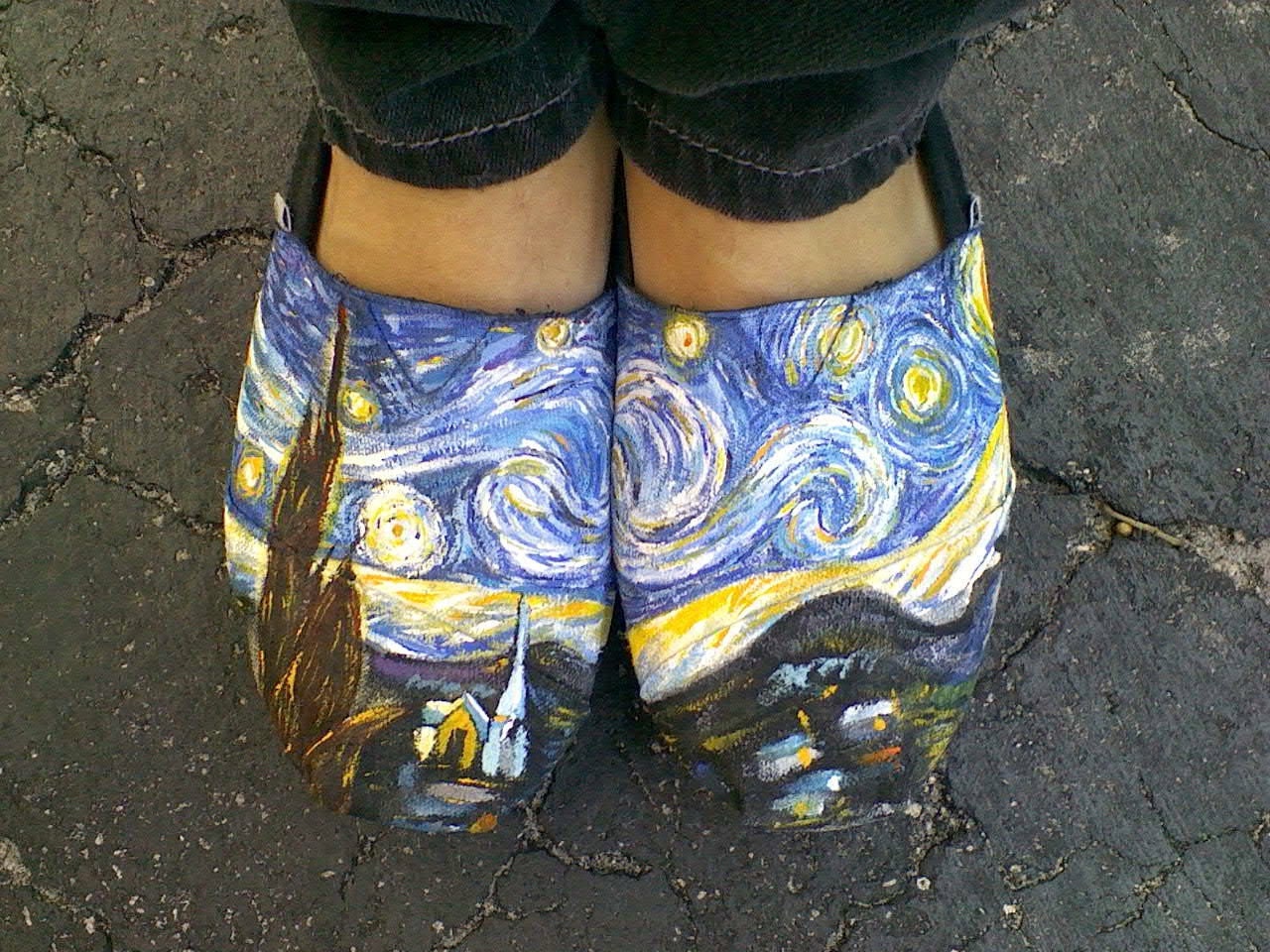 |
| Online Music Piracy Infographic |
While searching through Google Scholar, in hopes to find a subject that would interest me, I came upon a scholarly article entitled A Behavioral Model of Digital Music Piracy. Google Scholar linked me to the Social Science Research Network which contained this article. This article contained multiple authors, source citations, an abstract, and a hypothesis and study included in the article to make it scholarly. They discussed the rampant growth of online music piracy in today’s society and the behavioral dynamics that lead to digital audio file piracy. They introduced this idea by stating facts about the piracy of online audio files and then went further in depth by analyzing a study they did to find the behavioral dynamics. They interviewed 133 undergraduate students, mainly under the business school, to study their thoughts and actions towards music piracy. They asked questions about the type of music they listen to, ethics, how often they buy and pirate music, and if they participate in music sharing. They found that young, college-age people are more likely to pirate music compared to older people. They also view that pirating music is not considered “stealing” but, in fact, “sampling” music. Another finding was that educational and legal campaigns were making very little of an effect on the music piracy epidemic and that instead of trying to use those kinds of campaigns, finding preventative methodologies for reducing music piracy should be taken into consideration.
I must agree, with all of the educational and legal campaigns that are trying to end this problem on the Internet, the best way is to literally prevent people from being able to download music illegally. How could they do this? I am not sure. But until they find a way, it is going to be pretty hard to end something that has already started.







